
Australasian Shoveler
Spatula rhynchotis
Also known as: Kuruwhengi


Spatula rhynchotis
Also known as: Kuruwhengi

The Australasian shoveler, or kuruwhengi in Māori, is a distinctive native duck found throughout New Zealand. About the size of a small mallard, this unique bird stands out with its oversized, spoon-shaped bill. Its elegant appearance and specialized feeding habits make it a fascinating subject for birdwatchers in wetlands across the country.
1. Distinctive oversized, spoon-shaped bill, much broader at the tip than the base
2. Male's blue-grey head with white crescent; female's mottled brown plumage
3. Rapid wing beats and low, direct flight pattern over water
Australasian shovelers are filter-feeding specialists, using their unique bills to sift tiny organisms from the water. They breed later than other ducks, nesting from October in secluded areas near water. Females alone care for the ducklings. Their populations are affected by wetland health and water quality. Conservation efforts focus on protecting and restoring their habitats.
Look for Australasian shovelers in wetlands, lakes, and ponds throughout New Zealand. They prefer areas with plenty of aquatic vegetation. Dawn and dusk are prime viewing times when they're most active, feeding in open water. Watch for their unique feeding behavior – swimming with their bills submerged, filtering water for food. Tip: Scan the water's surface for circular ripples, a telltale sign of their filter-feeding activity.
Known as kuruwhengi in te reo Māori, the Australasian shoveler has long been part of New Zealand's wetland ecosystems. It features in Māori folklore and was traditionally hunted for food. Today, it's both a game bird and a protected species, symbolizing the balance between conservation and sustainable use of natural resources in New Zealand's wetlands.
50 cm
700 g
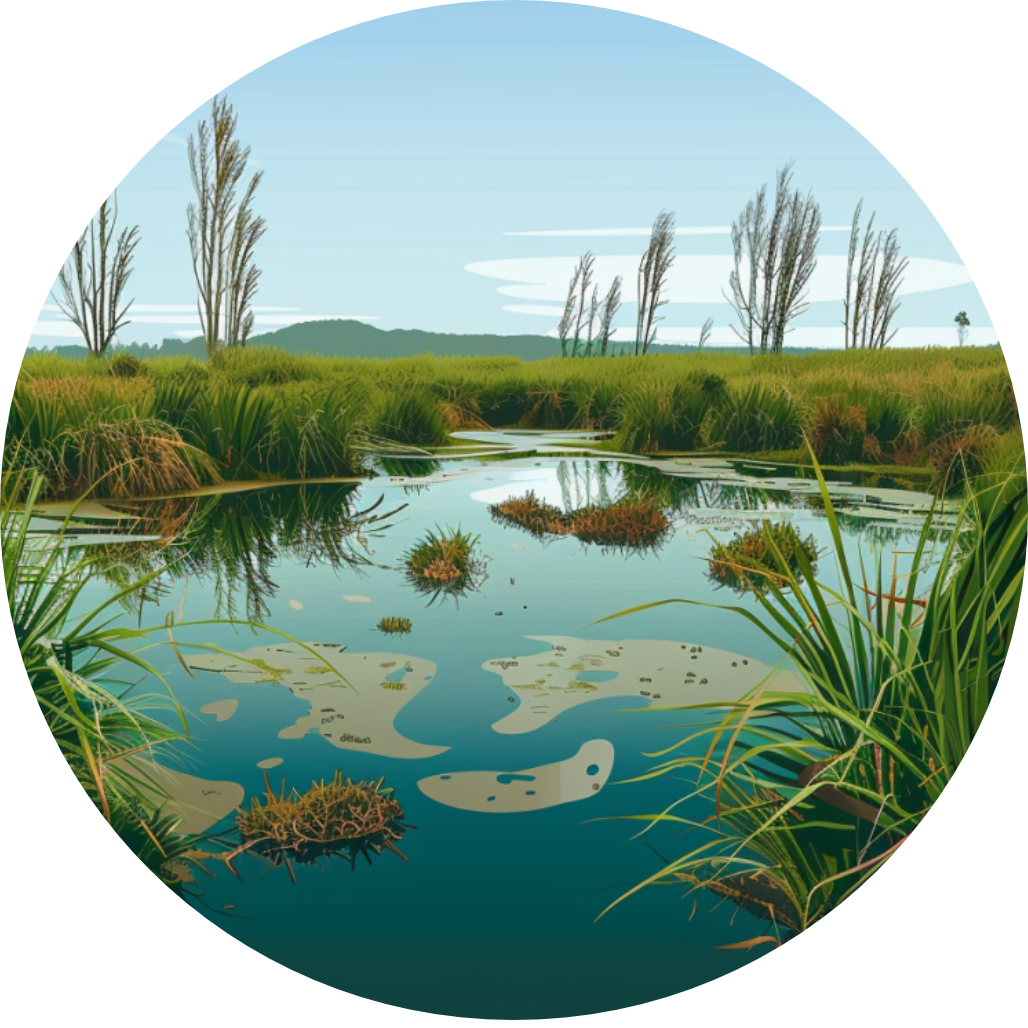
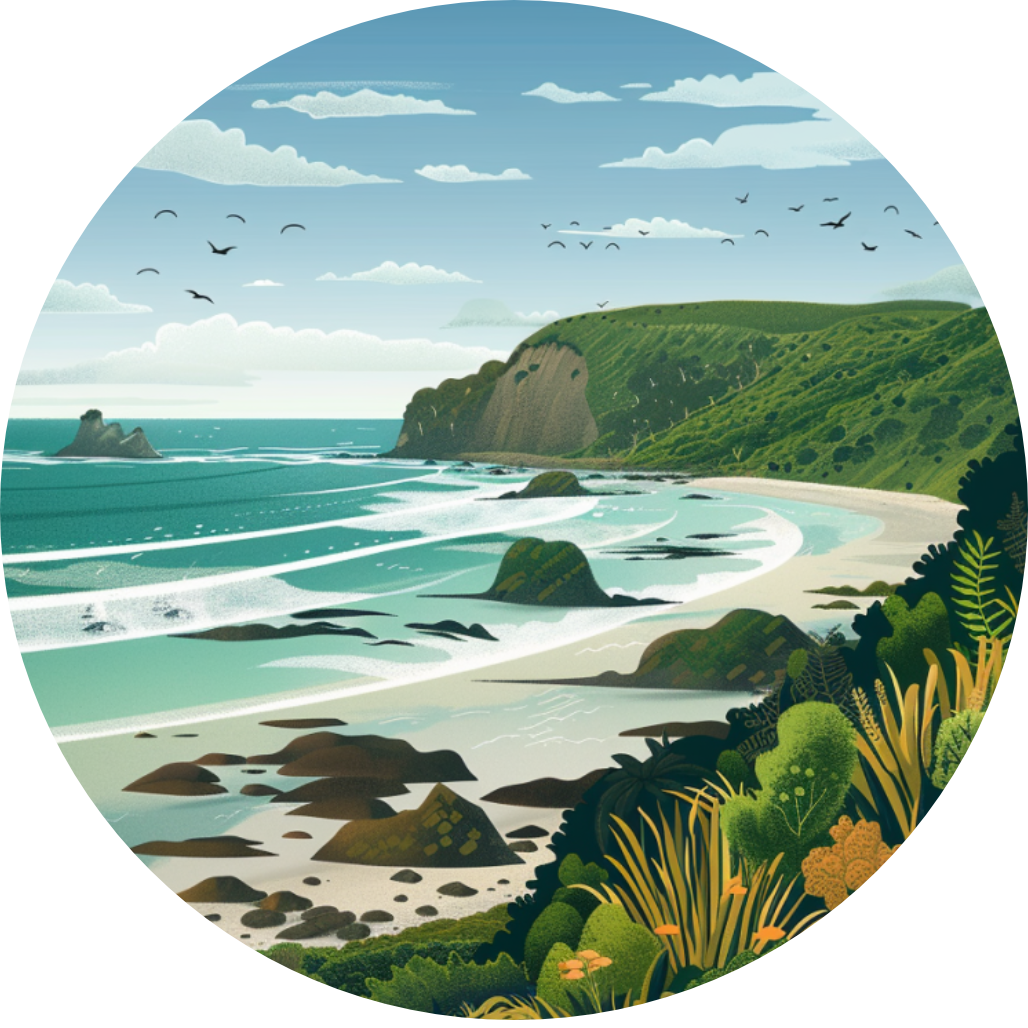

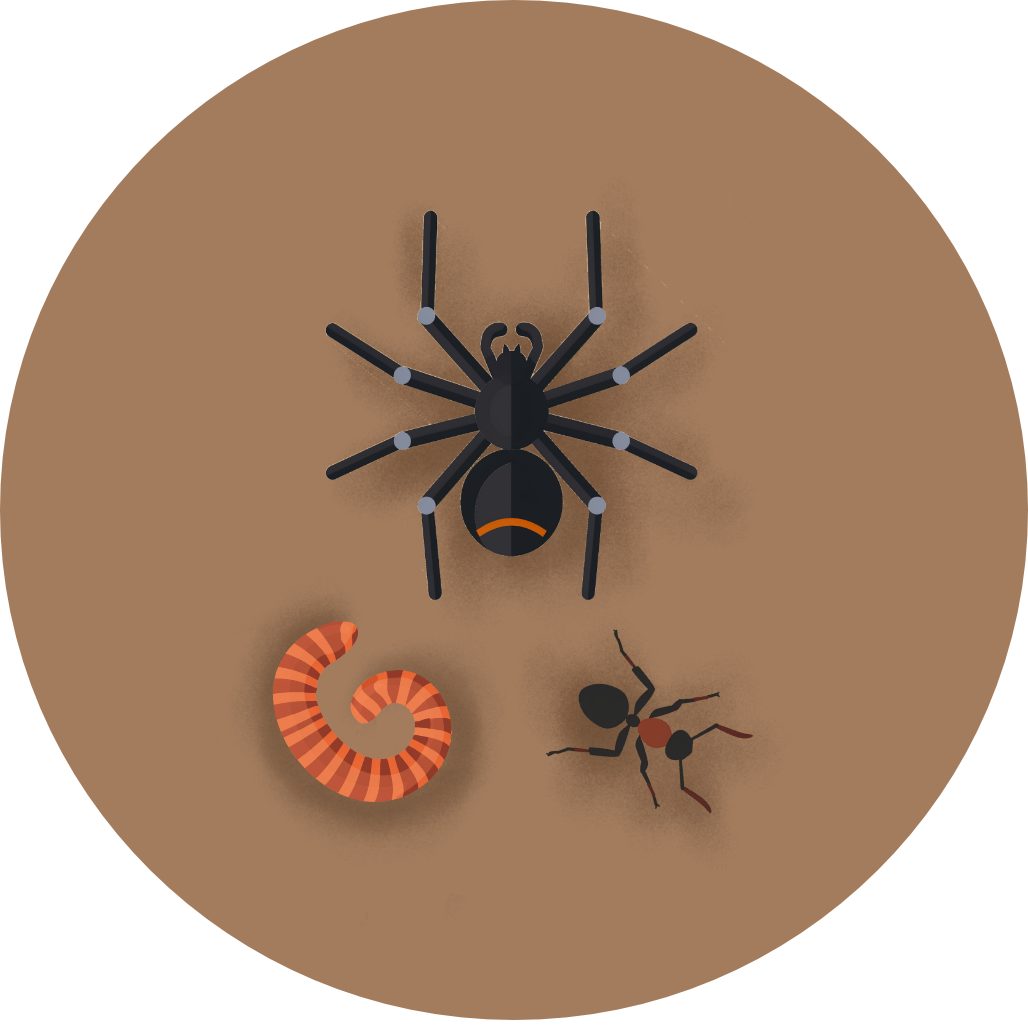
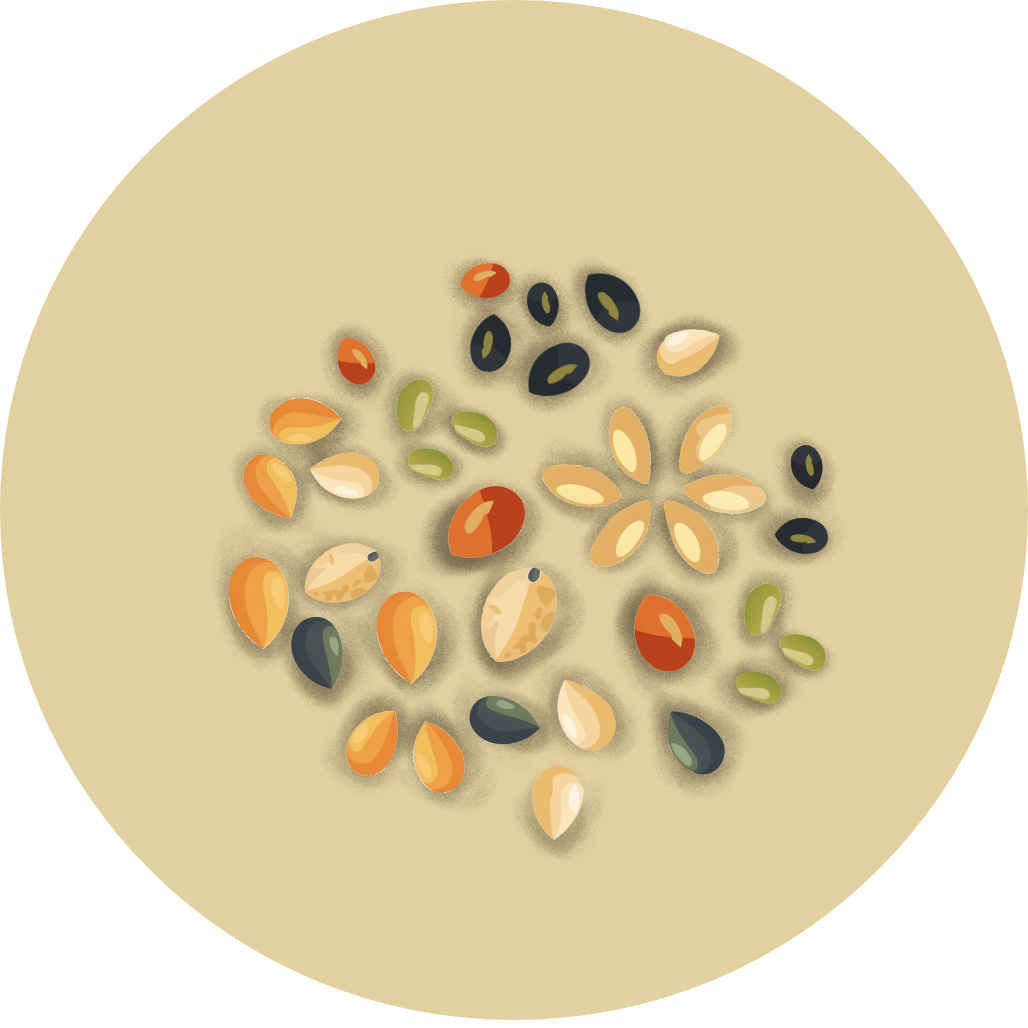
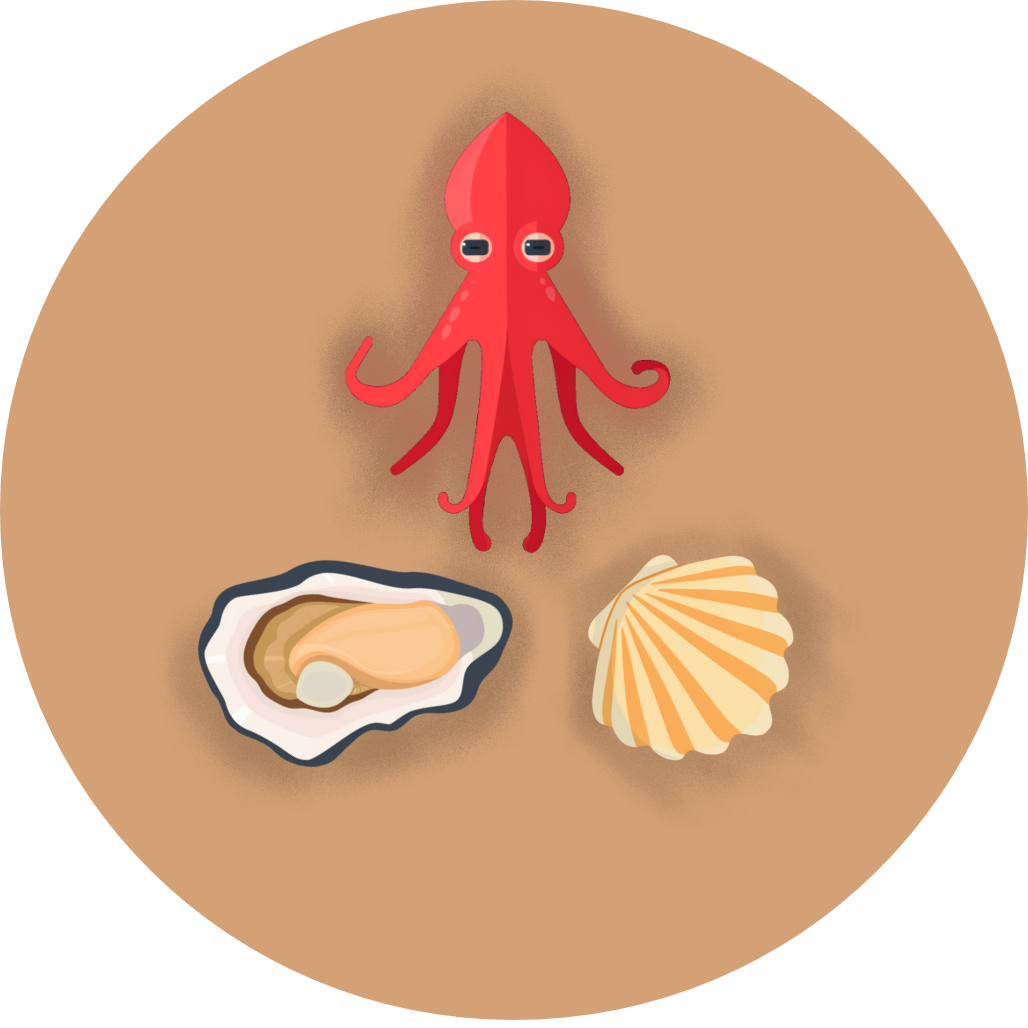
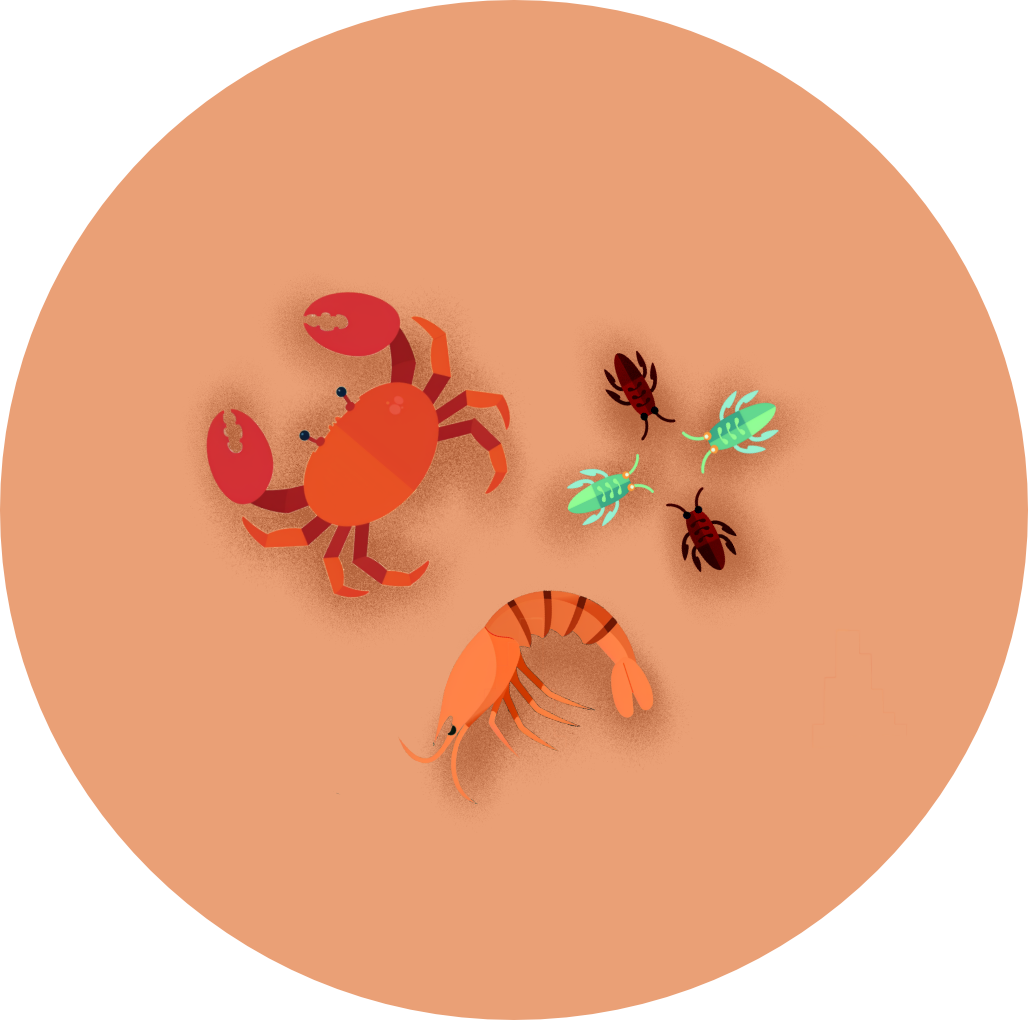
Coming Soon!
Top birding locations will be available in a future update.